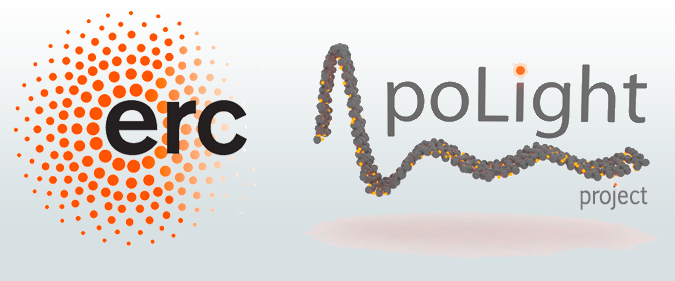 |
Research Professor Institut Langevin www.espci.fr ESPCI ParisTech, CNRS Paris, France remi.carminati(at)espci.fr |
Nanosources and photons in disordered media: Taking advantage of complexity
Light matter interaction in disordered materials is at the core of current issues in photonics: The detection of fluorescent molecules in turbid media (biological tissues), the design of amorphous materials to enhance light emission or absorption, the transfer of information through a scattering medium, the use of light localization induced by disorder to explore cavity-QED regimes, to cite just a few. In this talk we will illustrate the fruitful marriage of spontaneous emission and multiple scattering, based on examples covering plasmonics on disordered metallic films, fluorescence from nanosources in disordered dielectrics, or the transition to the strong coupling regime with Anderson localized modes. On the one hand, changes in the spontaneous emission dynamics provide an efficient probe of photonic modes in complex media “from the inside”. On the other hand, disordered materials offer a large number of degrees of freedom to control light-matter interaction.
CV
Dr. Rémi Carminati received is PhD in Optical Physics in 1996 from Ecole Centrale Paris (advisor Prof. J.J. Greffet). In 1996-1997 he was a post-doctoral fellow at the Madrid Institute of Material Science (Spain) in the group of Prof. M. Nieto-Vesperinas. From 1997 to 2007, he was an associate professor (1997-2003) and a professor (2003-2007) at Ecole Centrale Paris (France). In 2007, he moved to ESPCI ParisTech where he is currently a Professor of Physics and the Associate Director of the Langevin Institute (http://www.institut-langevin.espci.fr), where he leads the group of Mesoscopic and Theoretical Optics. His theoretical works have covered the fields of nanophotonics, plasmonics and light scattering in disordered media, in close connection with experimentalists. Rémi Carminati received the Fabry-de-Gramont prize of the French Optical Society in 2006 and the Research award from the iXCore Research Foundation in 2009. He was elected a Fellow of the Optical Society of America in 2015. He has published 110 papers in international journals, contributed to 10 books and given about 100 invited talks.


